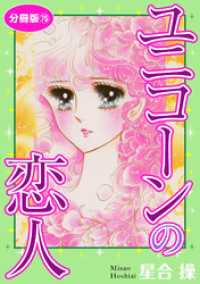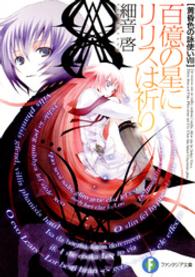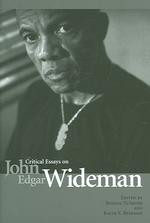- ホーム
- > 洋書
- > 英文書
- > Cinema / Film
Full Description
The three-act structure is so last century! Unlike other screenwriting books, this unique storytelling guide pushes you to break free of tired, formulaic writing by bending or breaking the rules of storytelling as we know them. This new edition dives into all the key aspects of scriptwriting, including structure, genre, character, form, and tone.
Authors Ken Dancyger, Jessie Keyt, and Jeff Rush explore myriad alternatives to the traditional three-act story structure, going beyond teaching you "how to tell a story" by teaching you how to write against conventional formulas to produce original, exciting material. Fully revised and updated, the book includes new examples from contemporary and classic cinema and episodic series, as well as additional content on strategies for plot, character, and genre; an exploration of theatrical devices in film; and approaches to scriptwriting with case studies of prolific storytellers such as Billy Wilder, Kelly Reichardt, Phoebe Waller-Bridge, and Kathryn Bigelow.
Ideal for students of screenwriting and professional screenwriters wishing to develop their craft and write original scripts.
Contents
Foreword; INTRODUCTION; 1. Beyond the Rules; STRUCTURE; 2 Structure; 3 Critique of Restorative Three-Act Form; 4 Counter-Structure; 5 The Three-Act Spectrum; 6 Strategies for Plot and Character: Surprise, Triangulation, and Subtext; 7 Multiple Threaded, Long-Form Episodic Scripts; GENRE; 8 Why Genre?; 9 Working with Genre; 10 Working with Genre II: The Melodrama and the Thriller; 11 Working with Genre III: Billy Wilder and Preston Sturges; 12 Working Against Genre; 13 The Flexibility of Genre; 14 Genres of Voice; 15 The Nonlinear Film; 16 The Fable, a Case Study of Darkness: The Wizard of Oz and Pan's Labyrinth; CHARACTER; 17 Reframing the Active/Passive Character Distinction; 18 Stretching the Limits of Character Identification; 19 Main and Secondary Characters; 20 Subtext, Action, and Character; 21 Exceptional but Opaque Characters in Flattened Scripts; FORM, TONE, AND THEORY; 22 The Subtleties and Implications of Screenplay Form; 23 Theatricality on Screen; 24 Tone: The Inescapability of Irony; 25 Dramatic Voice/Narrative Voice; 26 Writing the Narrative Voice; 27 Regionalism vs Commercialism: Kelly Reichardt, Eugene Martin, and Kathryn Bigelow; 28 Adaptations from Literature ; 29 Rewriting; CONCLUSION; 30 Personal Scriptwriting: The Edge; 31 Personal Scriptwriting: The Short Film








